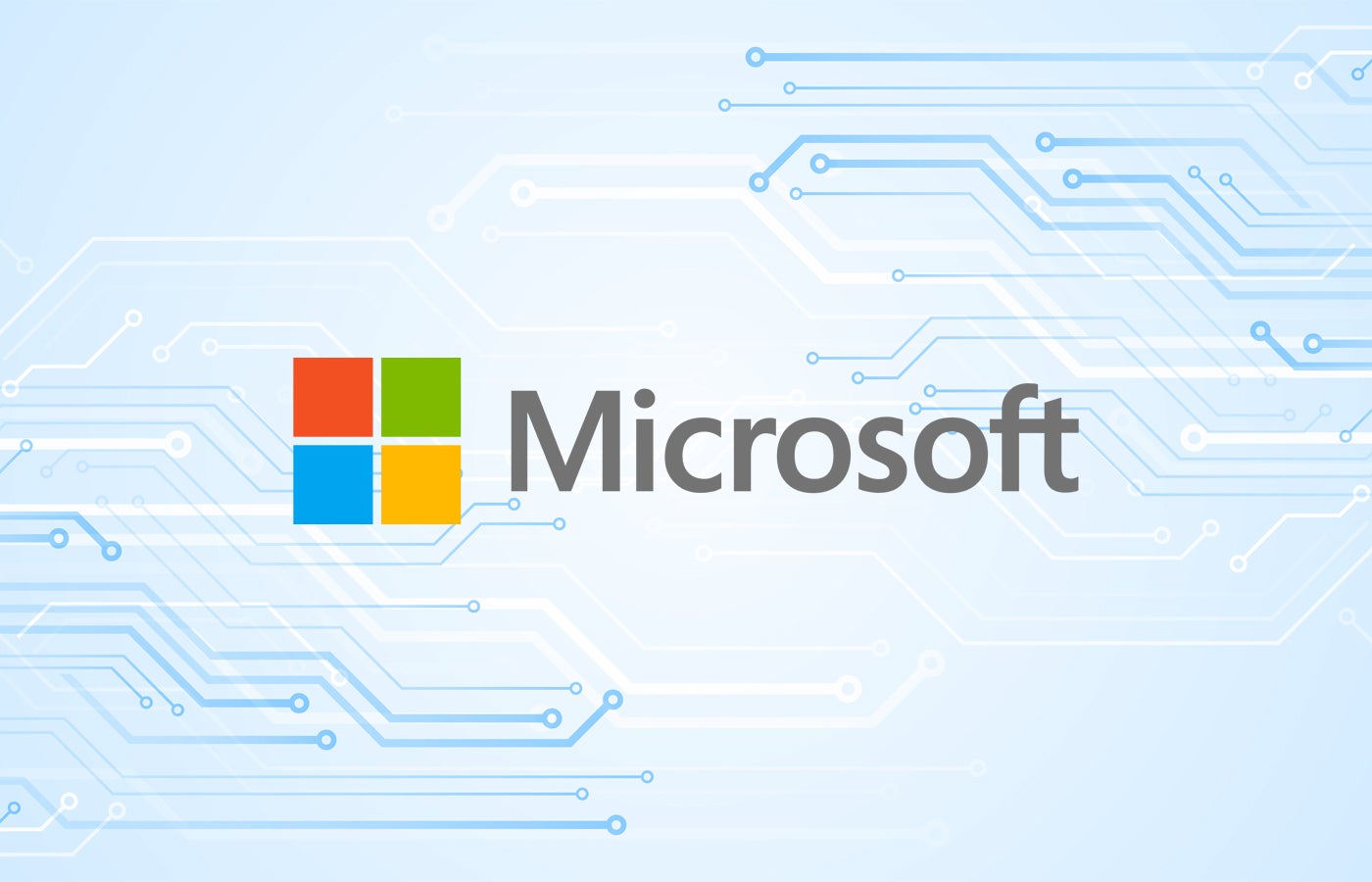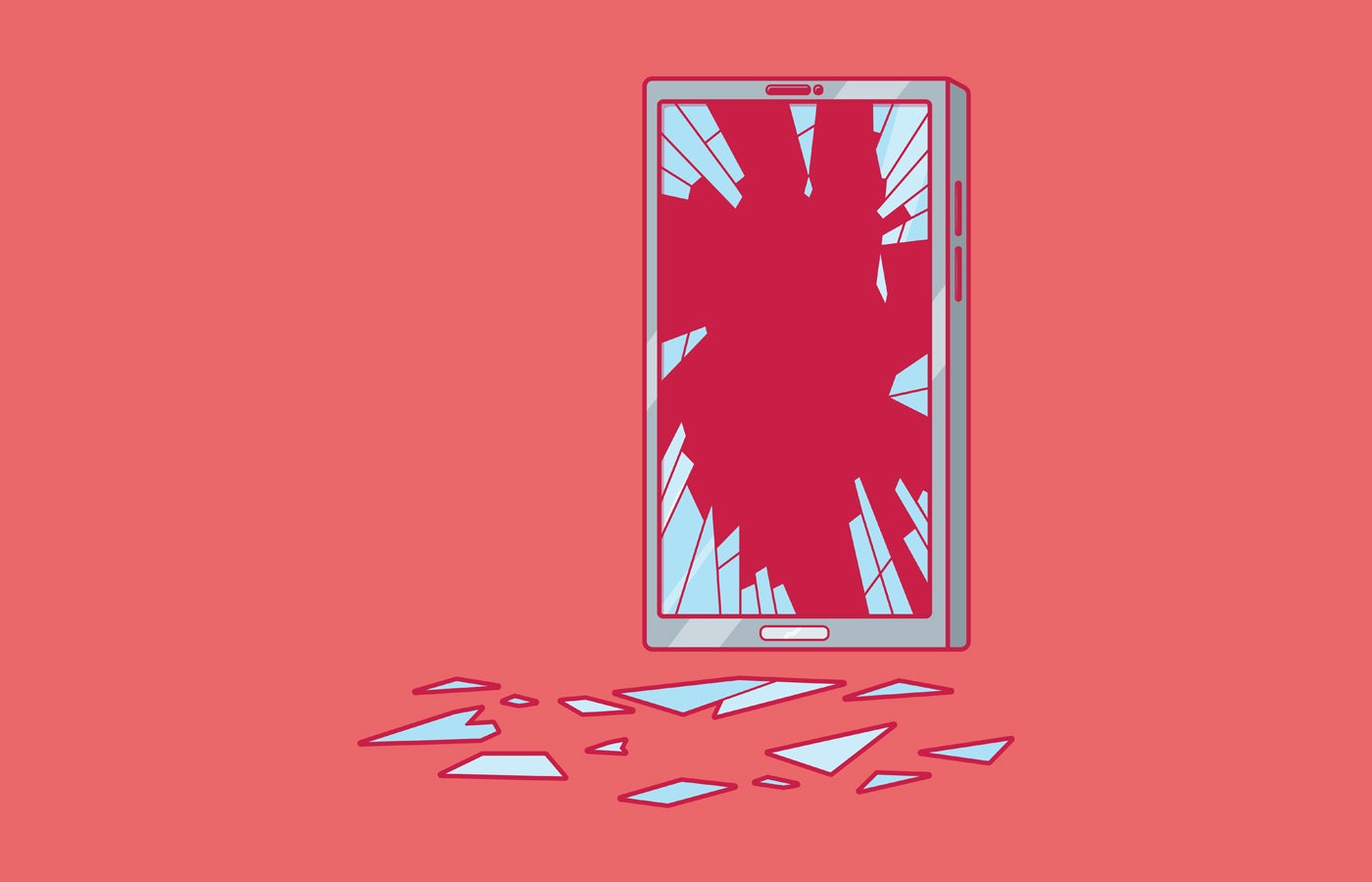ARTICLE AD BOX
We may earn from vendors via affiliate links or sponsorships. This might affect product placement on our site, but not the content of our reviews. See our Terms of Use for details.
The proposed HIPAA Security Rule introduces mandatory measures to prevent malicious cyberattacks in health care.
The U.S. Department of Health and Human Services issued a proposed rule on Jan. 6 to improve cybersecurity and better protect the U.S. health care system from a growing number of cyberattacks.
The latest proposed amendments to the Health Insurance Portability and Accountability Act represent the department’s first major updates since 2013, addressing some of the most pressing cybersecurity challenges. However, they also highlight areas where further innovation is needed to protect sensitive patient information in an increasingly interconnected world.
If finalized, these amendments will impose stricter requirements on HIPAA-covered entities — such as health care providers and insurers — and their business associates, emphasizing proactive cybersecurity measures. Stakeholders are encouraged to review the proposed changes and submit comments by March 7.
New measures aim to protect data security — but companies still have work to do
The proposed HIPAA Security Rule introduces mandatory measures that reflect the growing sophistication of cyber threats. These include end-to-end encryption, which ensures electronic Protected Health Information remains unreadable to unauthorized users throughout its lifecycle. Multi-factor authentication has also become mandatory for systems containing ePHI, balancing robust security with the operational demands of clinical settings.
Additionally, continuous monitoring would replace periodic risk assessments, enabling organizations to proactively identify and address potential threats through automated systems that track access and maintain detailed audit logs. While these measures bolster defenses, they primarily focus on internal systems, leaving c gaps in third-party interactions and global data-sharing practices.
SEE: China-Linked Cyber Threat Group Hacks US Treasury Department
Addressing third-party risks
Modern health care ecosystems depend on sharing sensitive content with vendors, subcontractors, and research collaborators. However, this approach introduces substantial risks.
Research shows that nearly four in 10 health care organizations share sensitive content with 2,500 or more third parties. Centralized systems with encryption and access controls are essential for managing data exchanges securely. These platforms provide visibility into external data handling while enforcing consistent security measures.
Clear third-party agreements are critical in mitigating risks by outlining specific security protocols, breach responses, and reporting requirements. Regular audits and real-time monitoring further strengthen defenses, helping organizations detect and address vulnerabilities promptly. Even a minor breach in one entity can expose the entire network to significant threats without such measures.
Global research collaborations add another layer of complexity, requiring alignment with international standards such as GDPR. Policies safeguarding cross-border data sharing ensure sensitive information is protected across jurisdictions, enabling organizations to maintain compliance and collaboration in an interconnected health care landscape.
Leveraging AI for compliance and cybersecurity
Artificial intelligence holds transformative potential for cybersecurity — but its integration into HIPAA compliance remains underexplored.
AI can monitor systems in real time, detect anomalies in file and email sharing, file transfer, and other sensitive content communication channels, and analyze historical data to anticipate and counter emerging threats. Predictive threat modeling and automated compliance tools simplify documentation and generate actionable insights.
Clear regulatory standards are needed to harness AI’s potential. This includes validation protocols and ethical guidelines for its deployment. Integrating AI-driven solutions with existing security frameworks will enhance compliance and create a dynamic and adaptive defense against evolving cyber threats.
SEE: Timeline: 15 Notable Cyberattacks and Data Breaches
How AI plays a role in detecting and addressing cyber threats
Real-time monitoring has significantly improved data security, but its effectiveness depends on integrating advanced technologies. Centralized audit logs are crucial, offering a consolidated view of data access and changes, which supports continuous monitoring and incident response. By maintaining detailed records, organizations can quickly detect and address anomalies.
AI plays a pivotal role in enhancing these efforts. Machine learning algorithms dynamically analyze risks, identifying potential vulnerabilities before they escalate. AI can also detect patterns indicative of data misuse or unauthorized collaboration, ensuring proactive threat mitigation. Additionally, blockchain technology complements these efforts by providing immutable records that enhance transparency and accountability.
Together, these innovations create a robust framework for continuous monitoring, making systems more resilient to sophisticated cyberattacks.
Bridging the gaps in compliance
Despite progress, several compliance challenges persist. Smaller providers often face difficulties in creating comprehensive documentation due to limited resources. The absence of standardized benchmarks across the industry leads to inconsistencies, while the lack of uniform reporting frameworks complicates audit processes.
Centralized audit logs are key to addressing these gaps. Audit logs provide clear, actionable insights into data access, usage, and potential vulnerabilities by consolidating all compliance-related activities into a single system. These logs enable organizations to streamline reporting, ensure consistency, and simplify compliance audits by offering a transparent, real-time view of all activities.
To further enhance compliance, organizations should adopt platforms that integrate automated reporting tools and dashboards with these audit logs. Real-time assessments and AI-driven analysis can identify anomalies and help prevent compliance breaches. Collaboration with trusted technology providers can also result in tailored solutions that address specific security and compliance challenges.
By centralizing compliance management and leveraging technology, health care organizations can build scalable frameworks that align with regulatory requirements and enhance overall data protection.
Ample patient-centric benefits of cybersecurity
Stronger cybersecurity measures do more than prevent breaches; they foster trust.
Patients are more likely to engage with providers who are committed to protecting their data. This trust supports broader innovations, such as personalized medicine and real-time health monitoring, ultimately enhancing the quality of care. Health care organizations can achieve operational efficiency by prioritizing cybersecurity while building lasting relationships with their patients.
The latest HIPAA amendments mark an important step in addressing health care cybersecurity challenges. However, as the digital landscape evolves, continuous innovation is imperative. Centralized audit logs and AI-driven analytics should play a foundational role in transforming compliance into a proactive and strategic initiative. These tools enable organizations to detect, investigate, and respond to incidents in real-time, turning regulatory obligations into operational strengths.
Moving forward, health care organizations must prioritize integrating advanced technologies to anticipate emerging threats. Shifting from reactive measures to proactive strategies enhances security and builds patient trust and operational resilience. Those who act decisively in adopting these innovations will be better equipped to meet future challenges and navigate the complexities of an increasingly interconnected health care ecosystem.
Patrick Spencer is VP of corporate marketing and research at Kiteworks.

 2 days ago
3
2 days ago
3








 English (US)
English (US)